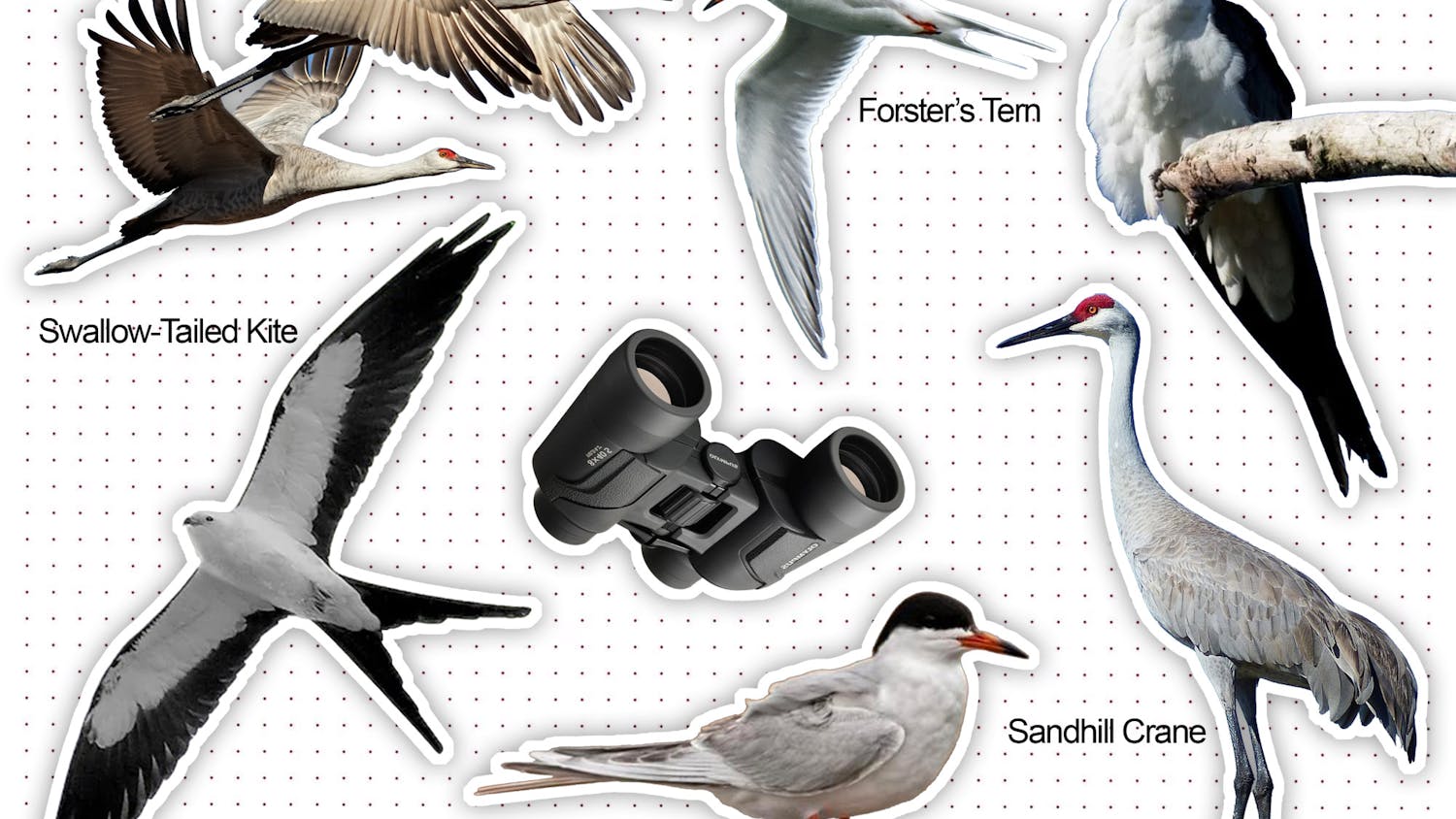A new UF study suggests geographically isolated wetlands deserve protection too — a finding that conflicts with previous Supreme Court decisions regarding wetland conservation.
The Institute of Food and Agricultural Sciences study found that even though these areas appear to be isolated, they are significantly connected to the state’s waterways system.
The findings dispute 2001 and 2006 Supreme Court legislation, which suggested geographically isolated wetlands are not a conservation priority. These decisions trickled down into the Environmental Protection Agency’s wetland conservation test where it determined which wetlands would be conserved under the Clean Water Act.
The agency funded the $160,000 study.
Wetlands make groundwater more constant and keep stream flows from varying. But without these isolated wetlands, larger bodies of water are at a greater risk of drying out and harming wildlife, said Matthew Cohen, a UF associate professor in ecohydrology and a study researcher.
It’s not big wetlands like Payne’s Prairie Preserve State Park that are in danger of losing protection, Cohen said, but smaller ones. Alachua County has thousands of these small, isolated wetlands that directly affect Florida’s water systems.
“They have been ditched and drained and otherwise degraded,” he said.
Bonnie Morris, 20, said she sees the effects on mistreated waterways in her classes.
“We learned that all the streams are connected,” the UF forest research and conservation junior said. “If water is polluted, it’s going to affect all of them in some way. We should definitely be protecting that.”
The Florida Department of Environmental Protection is working to maintain the quality and quantity of water throughout the state, said Jim Lumar, an agency spokesman.
“We have a significant focus on springs throughout the state,” he said.
The agency recently received a $69 million boost to enhance the water quality of Florida’s springs. The Ichetucknee, Santa Fe and Suwannee rivers will be included in the project.
However, Cohen believes the same protection should apply to the smaller waterways feeding into them.
“We shouldn’t draw the line in such a way that we lose wetlands that are providing valuable services,” he said.
[A version of this story ran on page 3 on 10/2/2014]





